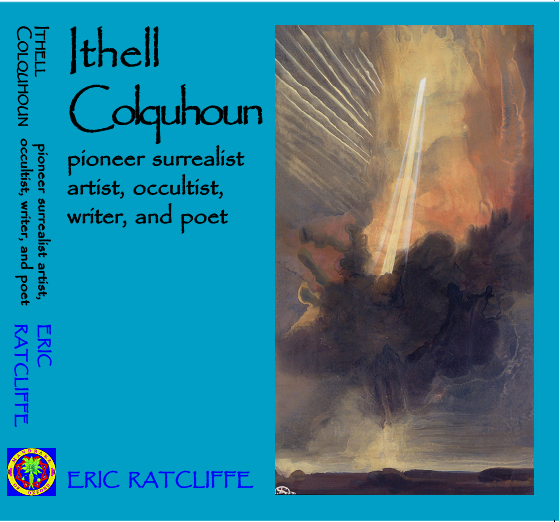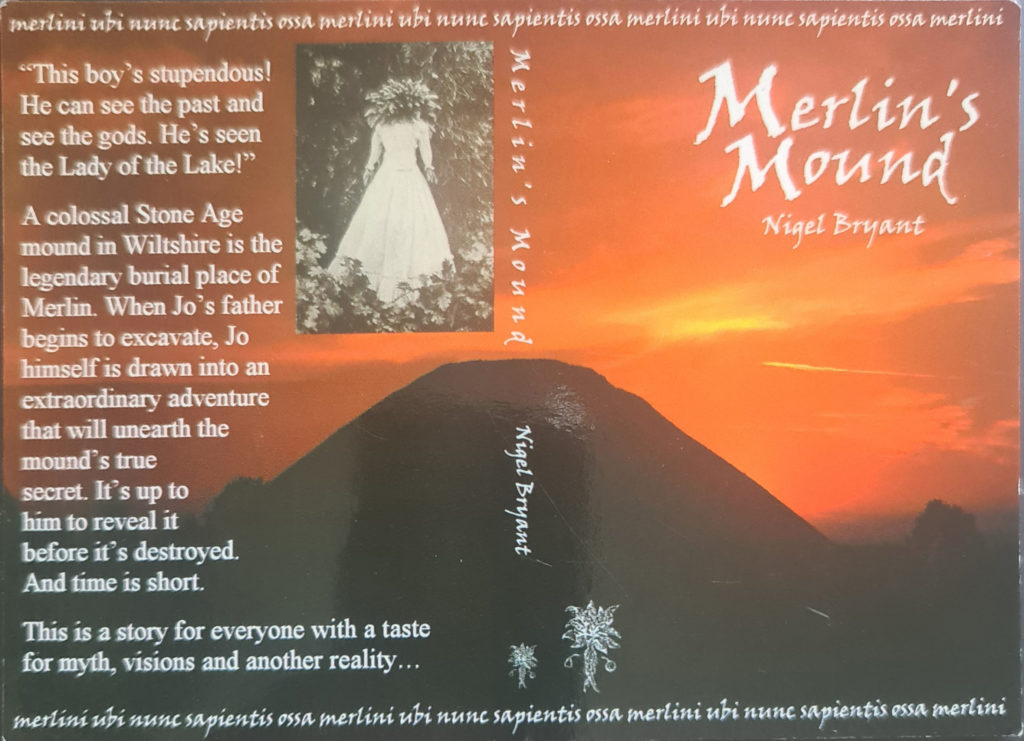pioneer surrealist artist, occultist, writer and poet
(reprinted)
Eric Ratcliffe

——————————————————————-
Ithell Colquhoun / UK / £30
——————————————————————-
Ithell Colquhoun / USA / US$40
——————————————————————-
Ithell Colquhoun
pioneer surrealist artist, occultist, writer & poet
Eric Ratcliffe
Format: Softcover/312pp/90 illustrations (25 colour).
ISBN: ISBN 978-1869928-98-8
£30/US$40
Subjects: Art/Art History/Surrealism/Occult/Magick/Biography.
–
The skills of Ithell Colquhoun in her main practice, that of artist and pioneer in this country of surrealistic art, have been long recognised. Additionally, other interests – alchemy, Earth-magic, active occultism, poetry, druidism, the pre-Christian pagan calendar, the history and membership of the Golden Dawn – and writing of and involvement in these interests by book publication and in a widely scattered field of correspondence, have created a miscellany of truly gargantuan proportion.
Eric Ratcliffe considered it was time to get together some of these pieces, to add something of what is known of Colquhoun’s early life and family history and to take the opportunity of listing a comprehensive calendar of her work and exhibitions. The result is neither strictly biographical nor a treatise on any one subject, but it is a first gathering of the roots, passions and multi-directions of this artist. It is a patchwork containing many launch-pads for exploration of the magical and mythical atmosphere which this artist existed in and created. Here therefore is a contribution towards solving a jigsaw and a wind-catch of the minor cyclones of lthell’s dedicatory interests, also serving as a record of her accomplishments in the art field.
REVIEWS
‘The subtitle of this book is: ‘Pioneer Surrealist, Artist, Occultist, Writer and Poet’, this multifaceted description captures the essence of who and what Ithell Colquhoun was about. Her connection to Cornwall is through the book The Living Stones, published in 1957, which was an early contribution to discovering the power of the Cornish landscape, prehistory and tradition and folklore. Even today, it continues to inspire people with its love for the ancient land of Cornwall…Ratcliffe’s biography made me want to go back and re-read The Living Stones, and no better thing could be said of a book such as this.’- Cheryl Straffon, Editor in Meyn Mamvro – Ancient stones and sacred sites in Cornwall – www.meynmamvro.co.uk
‘The author gives an excellent account of Colquhoun’s artistic career, explaining why she has been so overlooked (she stuck to her principles against the authoritarian demands of the British surrealist clique and consequently was expelled). Ratcliffe places proper emphasis upon the artist’s magical activities. She was a member of the OTO, Order of the Pyramid and Sphinx, Order of Holy Wisdom, Ancient Celtic Church and the Druid Order.
Despite having had the good fortune to read many of Colquhoun’s magical papers I learnt a great deal from this very well informed work. There is excellent bibliographical information including listings of unpublished typescripts and also as comprehensive as possible listing of her paintings and drawings.’
Ithell Colquhoun by Eric Ratcliffe, Mandrake of Oxford.
Reviewed by Ben Fernee @ Caduceus Books
‘Ithell Colquhoun was a pioneer surrealist artist, poet, writer, pantheist and occultist. Descended from Devonian ancestry, she was of Anglo-Indian birth and received her education in England at the Cheltenham Ladies College and later at the Slade School of Art in London.
After the war she moved to Cornwall where she spent the rest of her life. While at the Slade she became involved in Theosophical circles and then attempted, without success, to join Moina Mathers’ Alpha and Omega Lodge of the Hermetic Order of the Golden Dawn and Dion Fortune’s Fraternity of the Inner Light.
However during the 1950s she belonged to various occult groups including Kenneth Grant’s Typhonian OTO and Nu-Isis Temple, Dr WB Crow’s Order of the Holy Wisdom and Order of the Keltic Cross, Tamara Bourkhoun’s Order of the Pyramid and the Sphinx, as well as the Druid Order, the Cornish and Breton Gorsedd, the Ancient Celtic Church, Co-Freemasonry and the Fellowship of Isis.
This biography is profusely illustrated with many of Colquhoun’s paintings and also includes some of her writings and poetry. It is a fascinating study of a unique multi-talented woman who during her creative life contributed a great deal to both the artistic and occult fields. Recommended.’
Ithell Colquhoun, by Eric Ratcliffe.
Reviewed by Mike Howard in The Cauldron, issue 129, August 2008

